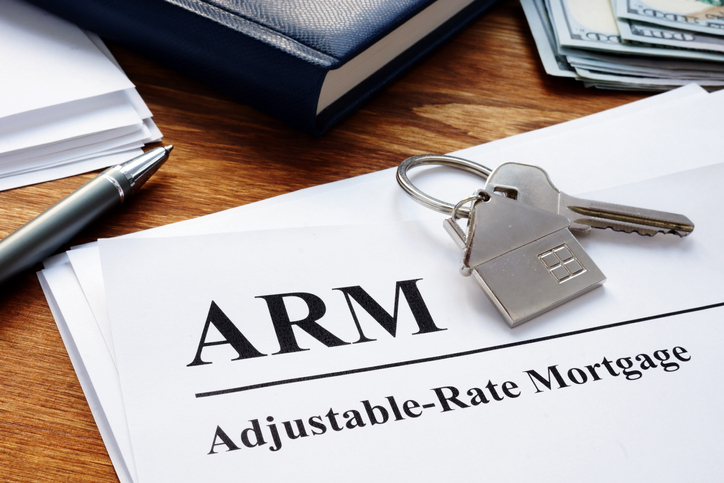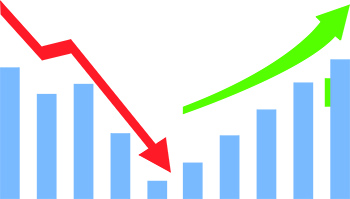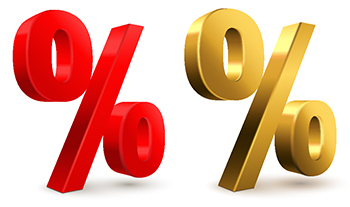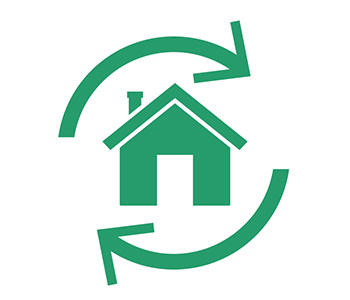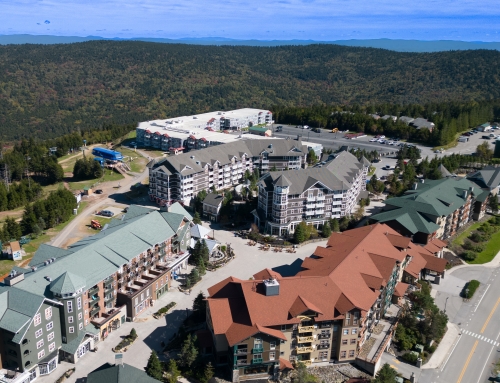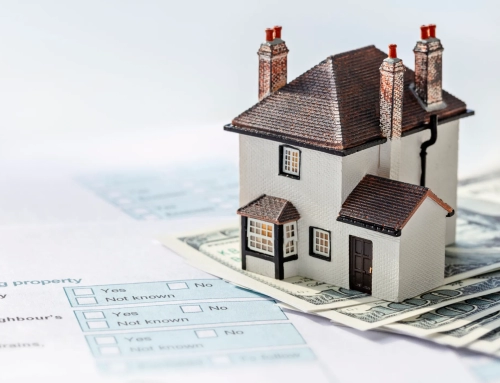SHARE
Adjustable Rate Mortgages (ARM) in Snowshoe, WV
What Is an ARM?
With a fixed-rate mortgage, the interest rate stays the same during the life of the loan. With an adjustable-rate mortgage, the interest rate changes periodically over the life of a loan. This change is usually in relation to an index. Payments can go up or down.
Lenders usually charge a lower interest rate for ARMs than fixed-rate mortgages when originating a loan. For a given amount, this makes payments on an ARM easier at first. The loan could be more or less expensive over a long period, depending on the interest rates’ movement.
There are risks for borrowers with ARMs in that interest rates could sharply increase, leading to higher monthly mortgage payments.
Questions to Consider
Questions to think about when considering an ARM:
- Is my income likely to increase enough to cover the payments if the rates go up?
- How long am I planning on owning the home? If it is for a short period, rising interest rates may not be an issue as they would if you were planning to own the property for a long time.
Adjustment Period
With most ARMs, the interest rate and payment change once every year, three years, or five years. The time between one rate change, and the next is called the adjustment period. For example, an ARM with an adjustment period of three years is called a three-year ARM.
Index
Most ARMs are tied to an index rate. If the index rate goes up, so does the mortgage interest rate. Conversely, if the index goes down, the mortgage interest may go down.
There are many different indexes, but the most commonly used are the rates on one-, three-, or four-year Treasury securities. Another common index is the cost of funds to commercial banks. A borrower needs to know which index is being used and understand the index’s past fluctuations.
The Margin
To calculate the interest rate, lenders take the index rate and add a few percentage points. These percentage points are called a margin.
| Index Rate | + | The Margin | = | ARM Interest Rate |
Interest-Rate Caps
An interest rate cap places a limit on how much an interest rate can increase. There are two types of interest rate caps:
- Periodic caps limit the interest rate increase from one adjustment period to the next.
- Lifetime or overall caps limit the interest rate increase over the life of the loan.
A decrease in the interest rate does not always mean a reduction in an ARM’s monthly payment. The payment could even increase if the index has stayed the same. It could happen when an interest rate cap has been holding the interest rate down below the index’s sum and the margin. If a cap rate holds down your interest rate, increases to the index that did not happen due to the cap may carry over to future rate adjustments.
Payment Caps
Some ARMs have payment caps that limit the monthly payment increase at the time of each adjustment. Some ARMs with payment caps don’t have periodic interest rate caps.
Negative Amortization
If an ARM contains a payment cap, there is the possibility of negative amortization. This happens when the mortgage balance increases and the monthly mortgage payments are not large enough to pay all of the loan’s interest. Because payment caps limit the amount of the payment increases only, and not the interest rate increases, payments sometimes do not cover the interest due on the loan. When this happens, the interest shortage is automatically added to the debt, and interest is charged on that amount.
Convertible ARMs
Some ARMs contain a convertible clause that allows you to convert to a fixed-rate mortgage at designated times. When the conversion occurs, the new rate is set at the current rate for fixed-rate mortgages. There may be an extra fee to get an ARM with a convertible feature.

